What is Ai Personal Assistant? Best AI Helpers List
Dive into the dynamic world of AI Personal Assistants with our comprehensive guide. Discover the top 10 AI assistants revolutionizing productivity and learn how to create your own custom assistant to meet your unique needs. From enhancing daily tasks with advanced AI technology to tailoring your very own digital companion, unlock the secrets to a more efficient, personalized digital experience. Whether you’re a tech enthusiast or a business professional, this article will provide you with the insights and step-by-step instructions to leverage the power of AI in transforming your everyday life.
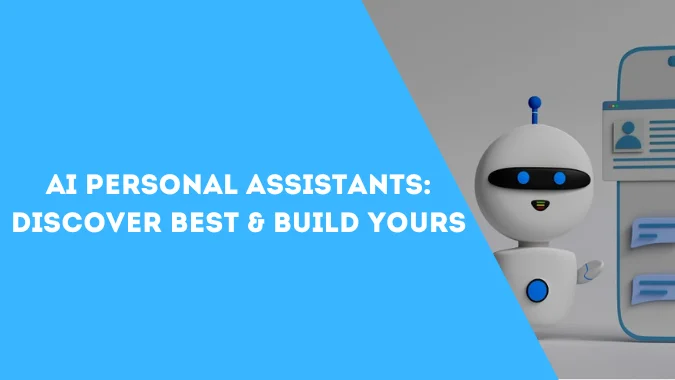
The Ultimate Guide to AI Personal Assistants by Scrile
Introduction to AI-Based Virtual Assistants
In today’s fast-paced digital era, the concept of AI personal assistant has transcended from being a mere futuristic idea to a practical, everyday tool enhancing productivity and simplifying tasks for individuals and businesses alike. These advanced virtual assistants, powered by cutting-edge AI technology, have revolutionized the way we interact with our devices, manage our schedules, and access information.
The rise of AI-powered virtual assistants is not just a testament to technological advancement but also to a shift in consumer expectations. Users now demand more intelligent, responsive, and personalized experiences from their devices. This demand has spurred the development of AI assistants that can learn from user interactions, adapt to individual preferences, and perform various tasks, from scheduling meetings and sending text messages to controlling smart home devices.
But what exactly are AI-based virtual assistants, and how do they differ from their predecessors? At their core, these virtual assistants leverage advanced AI technologies, including natural language processing (NLP), machine learning (ML), and speech recognition, to interpret and respond to user queries in a natural and intuitive manner. Unlike traditional software, AI virtual assistants can understand natural language, process voice commands, and offer solutions tailored to the user’s context and needs.
As we delve deeper into the realm of AI and virtual assistance, it’s clear that these tools are more than just convenient gadgets; they are integral components of our personal and professional lives, streamlining tasks, enhancing productivity, and offering a glimpse into the future of human-computer interaction. The evolution of virtual assistants reflects a broader trend in artificial intelligence, where technology is increasingly designed to think, learn, and interact in a way that is indistinguishable from human users.
What is an AI Personal Assistant?
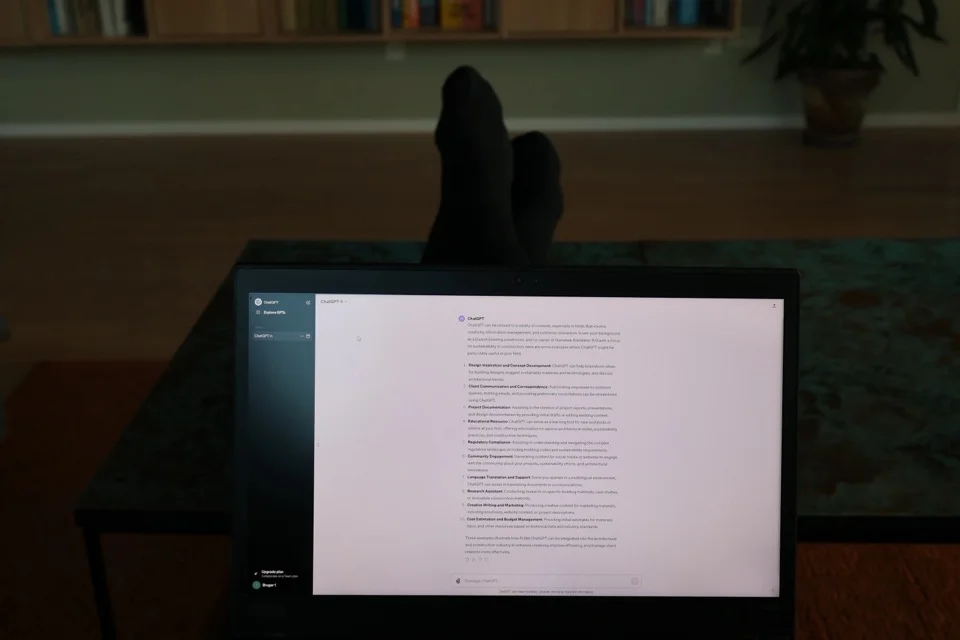
An AI assistant represents the pinnacle of modern technological convenience and efficiency, integrating seamlessly into our daily routines to provide support that’s both intelligent and intuitive. Unlike traditional software, these AI assistants are equipped with advanced AI technologies, enabling them to understand, learn, and adapt to individual user preferences and behaviors.
The Role of AI in Personal Assistance
The integration of AI into personal assistance has dramatically transformed how we approach everyday tasks and challenges. At the heart of this transformation is natural language processing (NLP), a critical component of AI that allows virtual assistants to understand and interpret human language. This technology enables AI personal assistants to process and respond to voice queries with remarkable accuracy, making interactions more natural and user-friendly.
AI digital assistants go beyond mere voice recognition; they analyze context, understand nuances, and even anticipate needs based on previous interactions. This level of personalization and understanding elevates the user experience, making AI assistants not just tools, but trusted companions in managing our digital lives.
From scheduling appointments and sending reminders to answering questions and performing internet services, AI-powered virtual assistants streamline a wide array of tasks. They can manage your calendar, organize your emails, set reminders, and even provide weather updates or news articles—all through simple voice commands or text inputs. This efficiency not only saves time but also enhances productivity, allowing users to focus on more critical tasks at hand.
AI Personal Assistant vs. Traditional Assistants
When comparing AI personal assistants with traditional assistants, the differences are stark. Traditional assistants, whether digital or human, typically require direct and specific commands and lack the ability to learn from interactions. In contrast, AI-powered virtual assistants, such as Google Assistant and Apple’s Siri, are built on machine learning algorithms that enable them to evolve and personalize experiences over time.
One of the most significant advantages of AI assistants over their traditional counterparts is their availability. While a human assistant may be limited by time and location, AI virtual assistants are accessible across various devices, from smart speakers and smartphones to laptops and smart displays, ensuring help is always at hand.
Moreover, virtual assistants can handle multiple tasks simultaneously and provide instant responses, a feat difficult to achieve for human assistants. They can manage various tasks, from setting alarms and playing music to providing visual explanations and controlling smart home devices, all without breaking a sweat.
In essence, AI-powered virtual assistants represent a leap forward in personal assistance. By harnessing the power of AI, natural language processing, and ML, these advanced virtual assistants offer a level of efficiency, accessibility, and personalization that traditional assistants simply cannot match. As we continue to embrace the digital age, the role of AI in personal assistance is set to become increasingly central, transforming our interactions with technology and streamlining our personal and professional lives like never before.
Types of Virtual Assistance
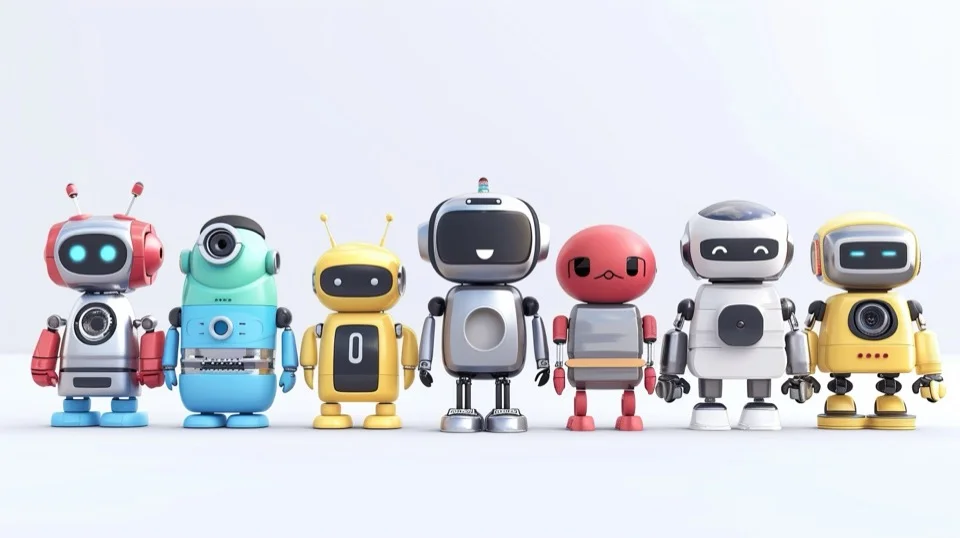
The landscape of virtual assistance has evolved significantly, branching out into various forms to cater to different needs and industries. From simple task-oriented bots to sophisticated AI-driven systems, virtual assistance technology has become an integral part of modern business and personal life. Understanding the different types of digital assistants can help users and businesses select the most suitable technology to enhance their productivity and customer service.
AI Chatbots
At the foundation of virtual assistance technology lie AI chatbots. These are text-based interfaces that interact with users through websites, social media platforms, and messaging apps. Unlike traditional chatbots, AI chatbots leverage natural language processing (NLP) and machine learning (ML) to understand and respond to user queries in a contextually relevant manner. They are designed to assist customers, answer inquiries, and initiate conversations, making them invaluable tools for customer service and engagement. The continuous improvement in their performance, thanks to ongoing learning from user interactions, allows these AI assistants to provide increasingly accurate and helpful responses over time.
Conversational Agents
Moving beyond the text-based interactions of AI chatbots, conversational agents offer a more dynamic form of virtual assistance. These agents are capable of engaging in human-like dialogue, processing both text and speech to communicate with users. Powered by advanced AI virtual assistant technology, conversational agents can understand complex linguistic patterns, determine user intent, and deliver appropriate responses. This level of sophistication makes them suitable for a range of applications, from customer support to personal task management, providing a seamless and intuitive user experience.
AI Virtual Assistants
Representing the pinnacle of virtual assistance technology are AI assistants, such as Google Assistant and Apple’s Siri. These systems are capable of performing a wide array of tasks across multiple devices and platforms, often integrating with various services and applications. Users interact with these intelligent digital assistants through voice commands and voice interaction, enabling hands-free operation and access to information. AI virtual assistant apps can manage calendars, control smart home devices, stream podcasts, and much more, all while maintaining a natural language user interface. Their ability to provide personalized assistance based on user history and preferences sets them apart as the most advanced form of virtual assistance available today.
Voice-Powered Virtual Assistant Platforms
An extension of AI assistants, voice-powered virtual assistant apps offer specialized functionalities tailored to mobile and desktop environments. These apps combine the convenience of virtual assistant technology with the mobility of smartphones and tablets, allowing users to perform tasks, schedule appointments, and access services on the go. The integration of text and speech recognition technologies ensures that these apps can accurately interpret voice queries and provide relevant responses, enhancing the user’s ability to manage their personal and professional lives efficiently.
Top 10 AI Virtual Assistant Apps
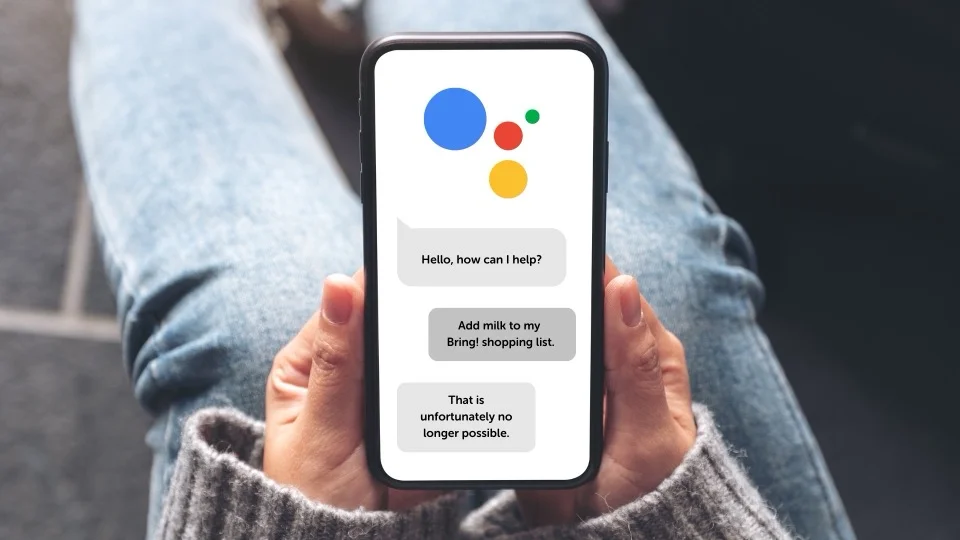
The realm of virtual assistants is vast and varied, with each platform offering unique features and capabilities. Here’s a list of the top 10 AI assistants, selected based on their functionality, user experience, and integration capabilities:
Google Assistant: Known for its superior voice recognition and natural language understanding, Google Assistant stands out for its ability to perform a wide range of tasks. From controlling smart home devices to providing real-time translations, Google Assistant offers a seamless and intuitive user experience across multiple devices.
Apple’s Siri: As one of the first AI assistants on the market, Siri has continued to evolve, offering users a personalized experience by learning from their habits and preferences. Integrated across all Apple devices, Siri provides convenience and efficiency, whether you’re sending messages, setting reminders, or asking for information.
Amazon Alexa: Alexa has become synonymous with voice-powered virtual assistants, known for its vast library of “skills” and compatibility with a wide range of smart home devices. Users can interact with Alexa through voice commands to play music, get news updates, control smart appliances, and much more.
Microsoft Cortana: While Cortana has shifted focus towards productivity assistance within the Microsoft ecosystem, it still offers valuable features for managing schedules, setting reminders, and integrating with Office 365 applications, making it a powerful tool for Windows users.
IBM Watson Assistant: Designed for businesses, IBM Watson Assistant excels in creating personalized customer experiences. It uses advanced natural language processing and ML to understand and respond to customer queries, making it ideal for enterprise-level solutions.
Bixby by Samsung: Bixby offers a unique approach to virtual assistance, allowing users to control their Samsung devices and apps through voice, text, and touch. It’s designed to learn from your routines and adapt to your needs, providing a more personalized experience.
ClickUp’s AI Assistant: ClickUp integrates AI into its project management platform, offering an AI assistant that helps with writing, summarizing content, and generating task lists. It’s a valuable tool for teams looking to boost productivity and streamline their workflows.
Jasper: Jasper is an AI writing assistant that excels in creating high-quality content, from blog posts to marketing materials. It uses advanced AI to generate unique, engaging, and relevant text, making it a favorite among content creators and marketers.
Replika: This AI companion offers a unique twist by providing emotional support and conversation to users. Replika learns from interactions to develop a unique personality and provide companionship, making it ideal for those looking to improve their mental well-being.
Zoho’s Zia: Zia is Zoho’s AI-powered assistant that helps users manage their CRM, offering insights, predictions, and suggestions to improve sales and customer engagement. Zia can analyze data, provide reports, and even predict sales trends, making it an invaluable tool for sales teams.
Virtual Assistant AI Software: Transforming the Digital Workspace

The integration of virtual assistant AI software into the digital workspace has revolutionized how businesses operate, enhancing productivity and streamlining processes. By leveraging artificial intelligence (AI) technology, these intelligent virtual assistants can perform a variety of tasks, making them indispensable tools for modern professionals.
Key Features of Top Virtual Assistant AI Software
The best virtual assistant AI software comes packed with features designed to optimize workplace efficiency. Key features include:
Voice Assistant Capabilities: Enables users to interact with the software using voice, making it easier to perform tasks hands-free.
AI-Powered Virtual Assistant Functions: Utilizes artificial intelligence to learn from user interactions, providing personalized experiences and predictive assistance.
Integration with Business Tools: Seamlessly connects with existing business software and applications, ensuring a unified workflow.
Advanced Security Measures: Protects sensitive information and ensures data privacy, a crucial aspect of any business tool.
Multilingual Support: Offers assistance in multiple languages, catering to a global workforce.
These features collectively contribute to a more productive and efficient workplace, allowing employees to focus on higher-value tasks.
Selecting the Right AI Software for Your Needs

Choosing the right AI virtual assistant software requires careful consideration of your specific business needs and goals. Here are some guidelines to help you make an informed decision:
Assess Your Business Requirements: Identify the tasks you want the AI assistant to handle and ensure the software supports those functions.
Consider Integration Capabilities: Look for software that integrates smoothly with your existing tools and systems to ensure a seamless workflow.
Evaluate User Experience: Choose software that is intuitive and easy to use to ensure high adoption rates among your team.
Check for Scalability: Ensure the AI assistant can scale with your business, accommodating growing demands and evolving needs.
Review Security Features: Security is paramount, so select software with robust security measures to protect your data and privacy.
By carefully evaluating these factors, you can select the virtual assistant AI software that best aligns with your business objectives, enhancing productivity and transforming your digital workspace. With the right intelligent virtual assistant at your side, powered by advanced AI technology, you can streamline operations, reduce manual tasks, and focus on driving your business forward.
The Technology Behind Virtual Assistant AI
The core of any AI-powered virtual assistant lies in the sophisticated technology that drives its functionality. Understanding this technology is key to appreciating how voice assistants have become such integral tools in our daily lives and workspaces.
Voice assistants are powered by a combination of AI tools, including machine learning algorithms, natural language processing (NLP), and speech recognition technology. These components work together to enable the AI-powered virtual assistant to understand, interpret, and respond to user commands.
ML allows the voice assistant to learn from interactions and improve over time, making it more attuned to the user’s preferences and speech patterns. Meanwhile, NLP and speech recognition enable the assistant to understand human language, deciphering voice commands, and executing tasks accordingly.
The integration of these AI tools has revolutionized how we interact with technology, making voice assistants not just responsive but also proactive in assisting with a wide range of tasks. Whether it’s setting reminders, controlling smart home devices, or providing real-time information, AI-powered virtual assistants have become indispensable in enhancing productivity and simplifying complex tasks.
AI-Based Virtual Assistant Services: A New Era of Efficiency

The integration of AI-based virtual assistant services has marked a significant shift towards greater efficiency and streamlined operations across various industries. These advanced services are not limited to simple tasks but extend to complex processes, enhancing both personal and professional environments:
Scheduling and Time Management: AI virtual assistants can manage calendars, schedule meetings, and send reminders, optimizing time management for individuals and businesses alike.
Customer Support: By handling inquiries, providing instant responses, and even resolving common issues, AI-powered virtual assistants improve customer service and satisfaction levels.
Healthcare Assistance: In the healthcare sector, virtual assistants facilitate appointment scheduling, medication reminders, and offer preliminary medical advice, enhancing patient care and engagement.
Retail and E-commerce: AI assistants personalize the shopping experience with product recommendations and assist in customer queries, driving sales and improving customer loyalty.
Data Analysis and Reporting: Virtual assistants can gather data, generate reports, and provide insights, aiding in informed decision-making and business strategy development.
Email and Communication Management: They help sort, prioritize, and respond to emails, streamlining communication channels for efficiency.
Home Automation: In personal settings, virtual assistants control smart home devices, ensuring convenience and energy efficiency.
Building Your Own AI Assistant with Scrile
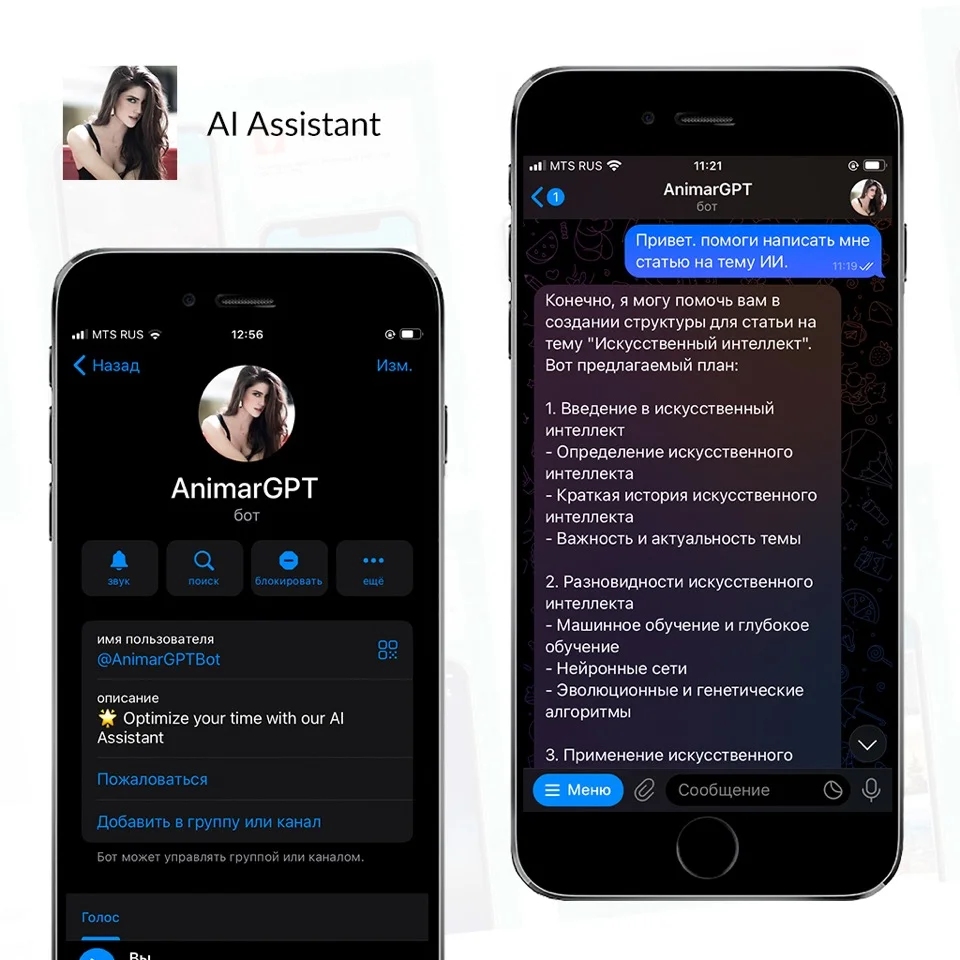
In the rapidly evolving landscape of AI technology, Scrile stands out as a beacon of innovation and practicality, offering comprehensive solutions for businesses and individuals looking to harness the power of AI virtual assistants. Scrile’s approach combines cutting-edge technology with user-centric design, ensuring that each AI assistant is not only advanced but also intuitive and seamlessly integrated into existing workflows.
Scrile brings over two decades of software development experience to the table, specializing in the creation of AI-powered virtual assistants that are transforming the digital workspace. With a deep understanding of natural language processing, machine learning, and voice interaction technologies, Scrile crafts intelligent virtual assistants tailored to meet the unique needs of each client.
The foundation of Scrile’s success lies in its extensive background in software development. This experience allows the team to build sophisticated AI tools that enhance productivity and streamline operations. Whether it’s for managing administrative tasks, facilitating customer service, or automating complex processes, Scrile’s solutions are designed to improve efficiency and provide significant value.
AI Assistants Developed by Scrile
Scrile’s portfolio includes a range of successful projects, demonstrating the versatility and effectiveness of its AI solutions. From voice-powered virtual assistants that manage scheduling and communications to AI chatbots that provide real-time customer support, Scrile’s case studies showcase the tangible benefits of integrating AI into business operations.
For businesses looking to quickly implement AI capabilities, Scrile offers pre-developed solutions that can be customized to fit specific requirements. These solutions accelerate the deployment of virtual assistants, reducing development time and costs while ensuring high-quality, reliable performance.
In conclusion, Scrile’s comprehensive approach to building virtual assistants makes it an ideal partner for those looking to innovate and improve their digital strategies. By leveraging Scrile’s expertise, businesses can unlock the full potential of AI, enhancing efficiency, and driving growth in the competitive digital landscape.
Conclusion
The advent of AI-based virtual assistants has revolutionized the way we interact with technology, bringing unprecedented levels of efficiency and personalization to our daily lives and work environments. From simplifying routine tasks to providing sophisticated customer service solutions, AI virtual assistants have become indispensable tools in the modern digital landscape.
As we look to the future, the role of AI in personal and professional settings is only set to expand, with innovations in artificial intelligence technology continually enhancing the capabilities of virtual assistants. Embracing these advancements offers a pathway to streamlined operations, improved productivity, and deeper customer engagement.
Don’t let your business fall behind in the digital revolution. Contact Scrile today to discover how our AI virtual assistant solutions can elevate your operations and drive your success in the ever-evolving digital world. Unlock the full potential of AI and step into a future of efficiency, innovation, and growth.
Read also
AI Virtual Assistant: Top Applications
Explore the top applications of AI virtual assistants, their benefits, and how they are transforming various industries.
How to Create an AI Assistant: A Step-by-Step Guide
Learn how to create an AI assistant with this step-by-step guide, covering everything from design and development to deployment and optimization.
Character AI Alternatives with No NSFW Filter or Censorship
Find alternatives to Character AI that do not have NSFW filters or censorship, allowing for unrestricted creative expression.
Best AI Avatar Generators: Top Picks Reviewed
Discover the best AI avatar generators, comparing features, user experiences, and customization options to help you choose the right one.
OnlyFans vs. Patreon: Which Is Better?
Compare OnlyFans and Patreon to determine which platform is better for your content creation needs, including features, pricing, and user experience.